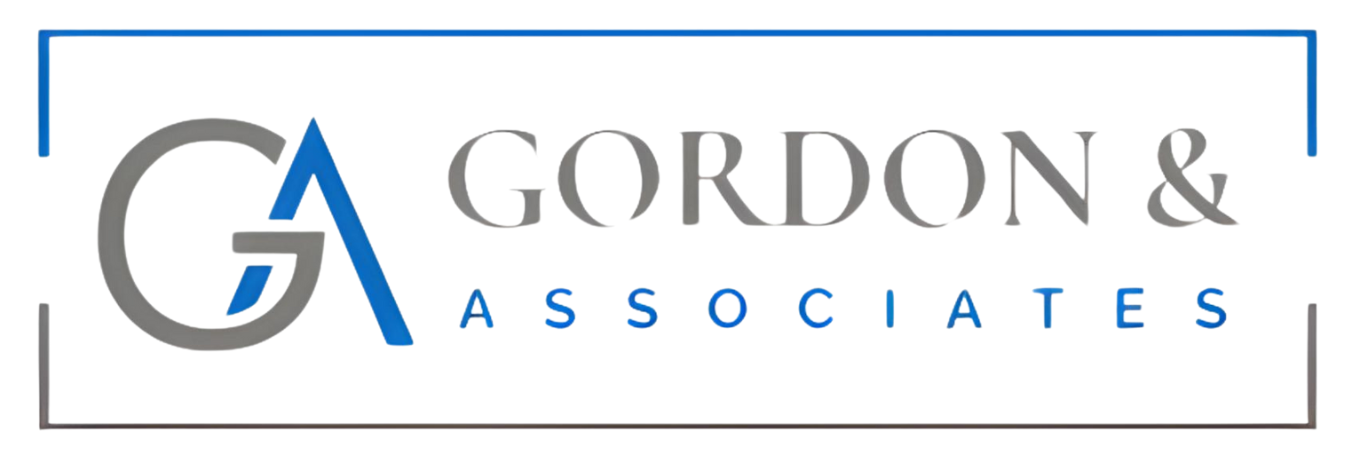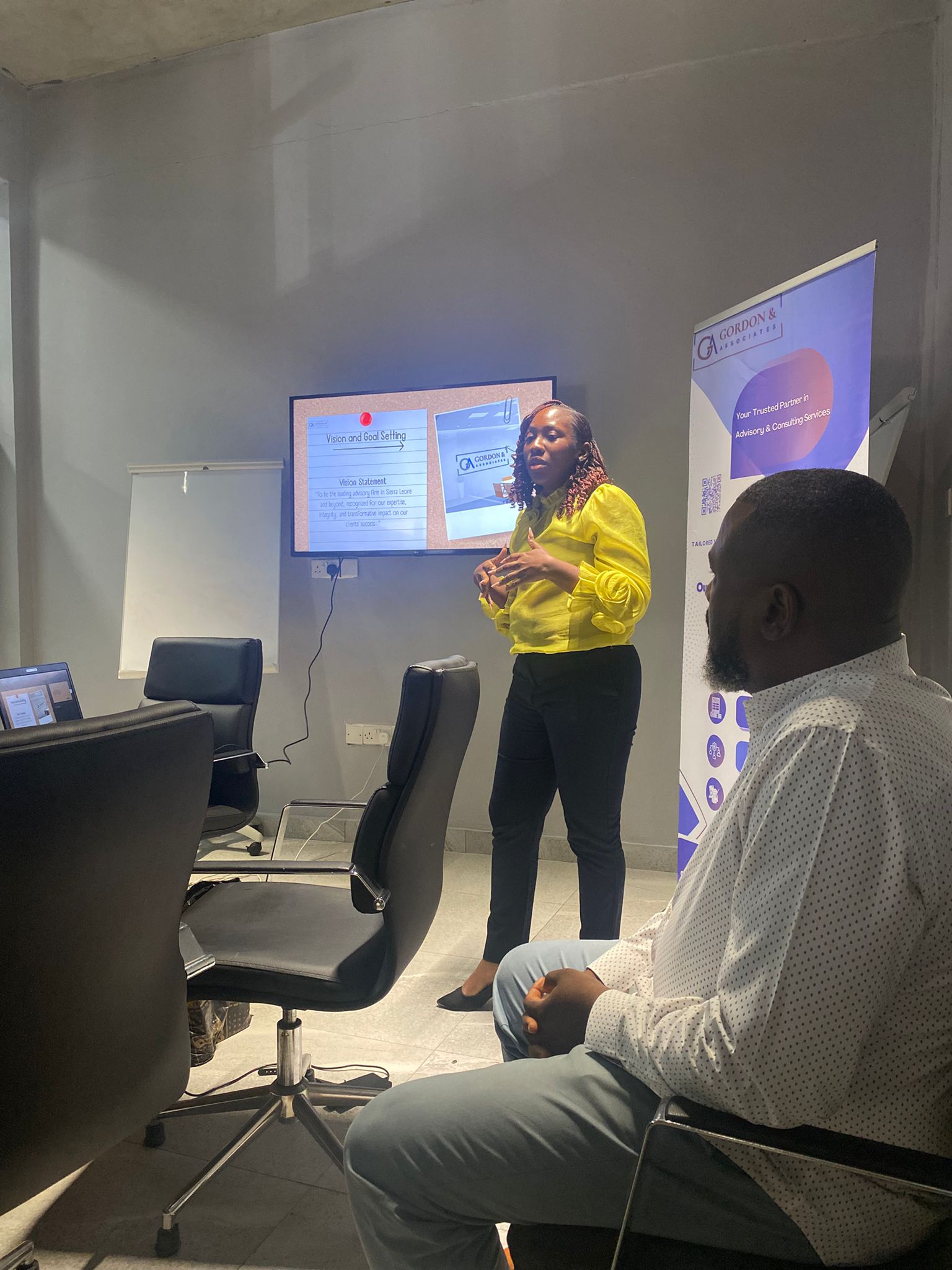Month-End Closing Procedures: Steps, Checklist, & Best Practices
The Month-End Closing procedure feels like completing a complicated puzzle when all pieces fall perfectly together, which delivers satisfaction to the finance department. Financial processing involves both numerical operations and ensuring content accuracy for ultimate clarity in the financial description.
Accurate reporting, together with confident decision-making, requires an effective month-end closing procedure. The guide includes a useful checklist coupled with step-by-step instructions for book closing together with professional advice to maximize your efficiency. Every business owner who handles their company finances and all finance professionals will benefit from the guidance provided in this resource to improve their monthly book closings.

What Is The Month-End Closing procedure?
Organizations need the month-end close process to deliver reliable financial information at appropriate times. The process requires complete account harmonization to check all transactions and make needed changes that lead to financial report generation. The analysis includes both balance sheets and journal entries as well as the review of intercompany transactions with the verification of financial documents such as bank statements and expense reports.
Public firms, alongside other organizations, need month-end closing beyond contractual obligations since this process provides clean financial documentation that helps file taxes and identify monetary changes while preventing mistakes and delivering complete business visibility. Financial decision-making requires this procedure as its fundamental basis.
What is the purpose of the Month-End Closing procedure?
Every month, the month-end close procedure brings an end to accounting work by completing the previous month’s business transactions. Companies execute this process through transaction documentation followed by accurate record confirmation to maintain precise financial information.
Year-end reporting alone creates an overwhelming procedure since it ignores interim periods. Monthly financial statements assist businesses because they provide live measurements of essential financial indicators that improve the efficiency of yearly financial closure activities.
Step-by-Step Guide to the Accounting Close Process
1. Gather All Financial Data
The initial sequence in month-end closing demands financial information consolidation. The record collection must include accounts receivable and accounts payable documents with all other daily financial transactions. A smooth close depends entirely on having accurate data that is complete.
2. Verify and Reconcile Financial Records
Before final acceptance of the collected data employees should proof it correct by matching it against records like bank statements receipts and invoices. The financial position requires complete reconciliation of cash, checking and savings accounts in order to display the actual business funds.
3. Evaluate Fixed Assets and Depreciation
A complete examination should happen for all fixed assets that include equipment, vehicles and property along with technological assets. The new value of assets should be appropriately documented and depreciation costs need to be accurately recorded as regular business expenses. The correct accounting of assets will result in financial reports that show their genuine long-term value.
4. Generate Financial Statements
According to all verifications and adjustments, the next step creates the fundamental financial statements consisting of balance sheet and income statement and cash flow statement. The financial reports need final verification because all figure entries must be accurate while ensuring consistency between them.
5. Conduct a Final Review Before Closing
A thorough examination of financial documentation must occur before you close the month-end procedure. An unbiased external party should carry out this assessment because their unfamiliarity with the process brings a neutral perspective. A concluding review checks for errors as well as provides assurance about the completed and precise status of financial reports.
Common Challenges Accountants Face
Every business institution conducts month-end closing procedures, which represent their essential recurring operational requirement. The first step is to grasp the main difficulties that emerge during this phase before proceeding with best practices. This section details widespread month-end closing hurdles organizations face with effective solutions for overcoming them.
⏰Tight Deadlines and Time Constraints
📉Incomplete or Late Data
🧾Manual Processes and Spreadsheets
✏️Multiple Adjustments and Corrections
🔌Disconnected Systems and Tools
🔄Inconsistent Reconciliations
🗣️Poor Interdepartmental Communication
🔄Unclear or Changing Procedures
📂Documentation Gaps
⚖️Pressure to Ensure Accuracy
Why Month-End Closing Matters?
Organizations require month-end closing as an integral procedure that serves double duty to maintain valid financial reports while guaranteeing persistent enterprise prosperity. Here’s why it matters:
-Ensures Accurate Financial Reporting
-Supports Better Decision-Making
-Improves Cash Flow Management
-Maintains Compliance and Audit Readiness
-Identifies Financial Trends and Issues Early
-Builds Accountability and Process Discipline
The process of month-end closures demands more than bookkeeping completion because it creates an entrance toward advanced financial administration and enduring business triumph.
Best Practices To Enhance The Month-End Closing Process
The process of month-end closing requires complete cash recording as well as accounts receivable checks and full account reconciliation which spans to petty cash. Your business needs accurate transaction recorded because this practice protects financial accuracy while decreasing fraud risk and ensuring financial integrity.
The following tested approaches will assist your organization in simplifying and enhancing the month-end closing procedures:
1. Prioritize Accuracy Over Speed
No matter how tempting speed becomes during month-end closing operations it should never result in inaccurate financial statements. The flaws that develop in monthly financials will damage your year-end financial statements. Organizations gain better performance indicator understanding through their high-quality financial reports which also create transparency through across-the-board financial clarity.
2. Identify Opportunities for Process Improvement
Since the closing procedure occurs frequently, we need to spot areas causing problems or slowing down completion. Our team needs to track data consistently every month to reduce this common delay.
3. Stick to a Realistic Timeline
While perfect numbers matter, the organization must hit deadline targets at the month’s end. When you recognize that deadlines are hard to meet, you should explain your plan to your team. A clear closing plan helps your team stay together, and every member knows their work requirements. Automation allows businesses to close procedures faster and even enables them to set target closing times within hours of completing a transaction.
4. Leverage Automation to Save Time
The system can handle regular work such as inputting data and running reports, while account reconciliations to reduce the time needed to complete the process. Automated systems decrease error rates across the month-end closing process while making distribution easier and more precise.
What is a Month-End Closing Process Checklist?
A month-end closing checklist requires users to follow all necessary actions that need completion ahead of finalizing the accounting records for one month’s work. Due to multiple data sources our financial process demands this verification review to establish real and reliable accounting results.
Your checklist needs to include the following main points:
🧾Reconcile Cash Accounts
Check if your accounting records show the final amount of cash accurately when compared to your bank statement information. Solve specific issues with bank funds and missing deposits appear in this step.
💳Record and Verify Expenses
Enter every business expense into the system correctly according to specific categories. Verify transaction information through records for precise matching.
📬Review Outstanding Payments
Check all pending payments to find the accounts that should be written off as bad debt. Keep a close watch on unpaid bills to protect the money circulation.
📦Confirm Supplier Transactions
Verify every payment to suppliers and vendors as you track monthly activities. Verify that your payment evidence matches what you have recorded for your accounts payable system.
📊Track Inventory and Fixed Assets
Check your stock status and update the value of your property assets at fixed locations. Keep record of asset decline through expenses called depreciation.
🧾Review Tax Obligations
Observe and report all sales tax and VAT responsibilities plus other tax obligations that build up in the month’s period. Make sure you process payments and taxes before deadlines.
👥Calculate Payroll and Reimbursements
Manage employee payments for salary and bonus plus outstanding subsistence expenses. Make sure all employee pay runs are correct and happen as scheduled.
💰Account for Loan and Interest Payments
Note down both interest charges and loan principal payments made on business loans each month. Always stick to the planned way of paying back loan amounts.
You need a structured month-end list for accounting staff to avoid mistakes when creating a clear financial report of your organization.
How Gordon & Associates Can Help You Streamline and Improve Your Month-End Close?
Our company can help you end-month closing pressure and delays. Our organization helps companies achieve fast dependable financial reporting. Gordon & Associates enables organizations to gain a clear picture of their financial position while providing better control over their operations. Our team of professionals uses established methods to simplify and strengthen how you handle month-end activities.




















